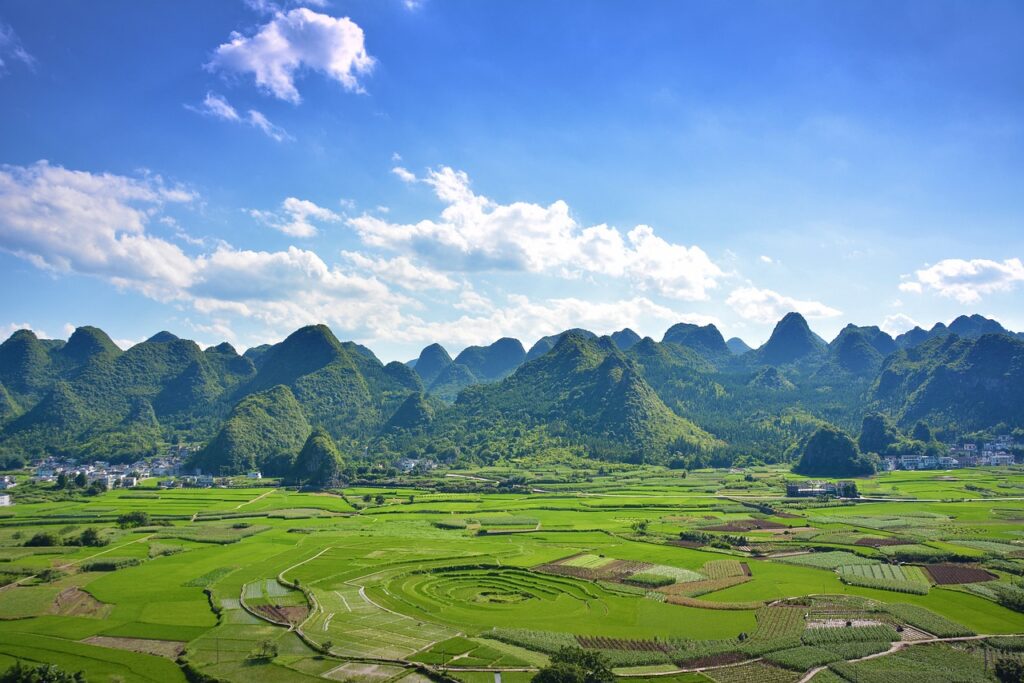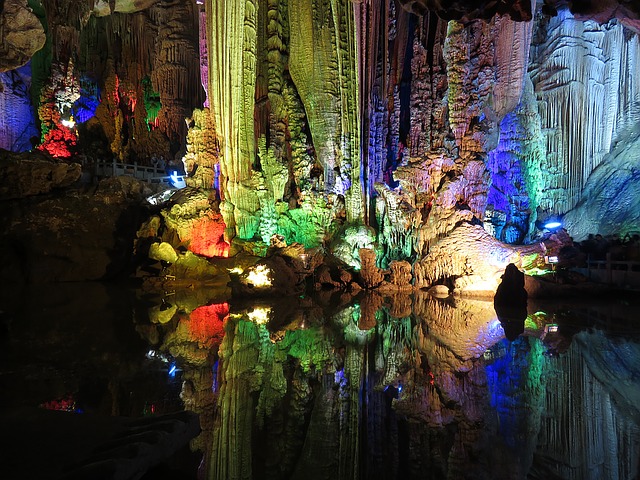
Karst terrain is fragile and valuable and must be handled with care without altering the natural biodiversity. Humans have negatively altered karst landscapes for the past years. The impacts mainly include economical purposes such as mining and tourism.
Industrial Activities
Industrial gases lead to acid rain which in turn solutes karst landscape. Although these acid rains are responsible for carving out beautiful karst sceneries, increasing amounts of it are completely diluting karst terrains.
Pollution
Domestic waste and landfills can pollute and contaminate karst groundwater and underground streams. The pollutants can enter groundwater through sink holes.
Excessive and inappropriate pesticide usage can cause problems if large amounts are washed away in underground rivers and groundwater.
Soil Erosion
Agriculture along limestone terrains result in intensive soil erosion. The loose sediments can find their way underground and choke cave passages or underground streams.
Building & Construction
Construction along karst landscapes needs to be handled with care as buildings can lead to land collapse and subsidence.
Mining
Mining along limestone terrains, eg for cements leaves the landscape degraded and unpleasant. For example, mining in Mt Erna in Queensland Australia has destroyed some beautiful cave systems.
Moreover, the removal of vegetation for mining leads to soil erosion and affects the natural biodiversity around the karst terrain.
Tourism
Karst scenery such as caves has attracted a lot of people which has led to degraded caves as more and more carbon dioxide is exhaled which increases solution rates.
In addition, heat from cave lightings alter the natural atmosphere in caves and accelerate weathering processes. Artificial paths or stairs, e.g concrete surfaces are impermeable which alters the flow of underground streams or can divert streams to other areas which can dry caves.

Conclusion
The increased dilution of karst scenery has raised the attention of many organizations e.g. the International Union for the Conservation of Nature and Natural Resources (IUCN). Such organizations strive to provide methods for sustainable utilization of Karst Landscapes.
Other countries especially along the tropics are protecting and conserving certain karst areas e.g Malaysia and Cuba.